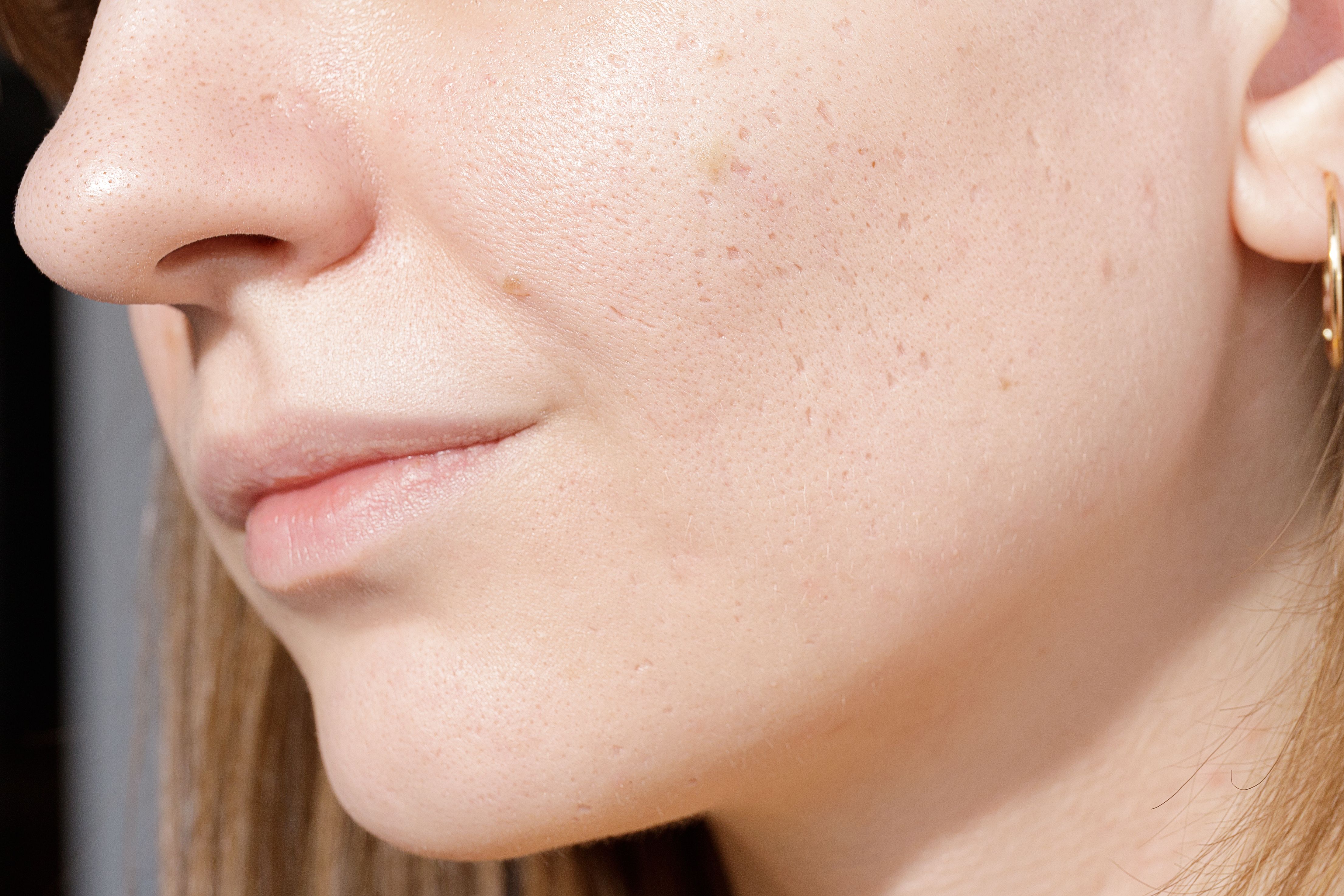- Acne
- Actinic Keratosis
- Aesthetics
- Alopecia
- Atopic Dermatitis
- Buy-and-Bill
- COVID-19
- Case-Based Roundtable
- Chronic Hand Eczema
- Chronic Spontaneous Urticaria
- Drug Watch
- Eczema
- General Dermatology
- Hidradenitis Suppurativa
- Melasma
- NP and PA
- Pediatric Dermatology
- Pigmentary Disorders
- Practice Management
- Precision Medicine and Biologics
- Prurigo Nodularis
- Psoriasis
- Psoriatic Arthritis
- Rare Disease
- Rosacea
- Skin Cancer
- Vitiligo
- Wound Care
News
Article
Fractional Picosecond Laser is an Effective Treatment For Atrophic Acne Scars
Author(s):
The fractional picosecond laser had a lower incidence of adverse events compared to fractional lasers.
Many fractional laser (FL) treatments are available to improve acne scarring but they often create adverse events (AEs), such as pain and hyperpigmentation. To determine if treatment with fractional picosecond laser (FPL) offers an effective alternative with fewer AEs, researchers conducted a meta-analysis of 7 studies and concluded that FPL offers improvement similar to FL for atrophic acne scars and results in fewer AEs.1
LeviaUA/AdobeStock

The primary outcome of the included studies was clinical improvement in atrophic acne scars based on assessments by clinicians and patients. Clinicians used échelle d'évaluation clinique des cicatrices d'acné (ECCA) scores, Investigator's Global Assessment (IGA) scores, and effective rate to evaluate improvement. Patient evaluations used a 5-point grading scale to determine level of improvement.
Adverse events including pain, post-inflammatory hyperpigmentation (PIH), pinpoint bleeding, duration of erythema, and severity of edema were secondary outcomes. All of the included studies were within-individual (split-face) controlled trials, and all but 1 were randomized controlled trials. The studies, published between 2019 and 2021, included 84 men and 86 women with Fitzpatrick skin types I-V.
“No significant difference was found between the FPL group and the other FLs group in treating atrophic acne scars regarding physician-reported ECCA scores (MD = 0.64, 95% CI: −9.67 to 10.94,p = 0.90)”1 in 3 of the studies. A fourth study also did not find a difference between FPL and FLs. In the 3 studies that reported physician-assessed IGA scores, no significant difference was found between FPL and FLs for improvement of atrophic acne scars.
Patients also reported no significant difference between the FPL group and the FLs group (RR = 1.00, 95% CI: 0.69 to 1.46;p = 0.99)1 in improvement of atrophic acne scars.
Hyperpigmentation in the FPL group was significantly lower than in the FLs group. The FPL group also experienced significantly lower pain levels than the other FLs group (MD = −1.99, 95% CI: −3.36 to−0.62, p = 0.004).
Pinpoint bleeding was more common in the FPL group, and no significant difference was noted between groups regarding erythema or edema severity.
Originally developed to remove tattoos and treat pigmentary disorders, picosecond lasers use ultrashort pulse duration, which creates photomechanical stress that, “propagates into the dermis and induces fibroblast proliferation, neo-collagen regeneration, and skin remodeling.”1
Based on the meta-analysis, FPL is a more suitable treatment for atrophic acne scars due to its similar effectiveness to FLs and lower incidence of AEs.
Reference
- Li J, Duan F, Kuang J. Fractional picosecond laser for atrophic acne scars: A meta-analysis. J Cosmet Dermatol. 2023;22:2205-2217. doi:10.1111/jocd.15862
Newsletter
Like what you’re reading? Subscribe to Dermatology Times for weekly updates on therapies, innovations, and real-world practice tips.











